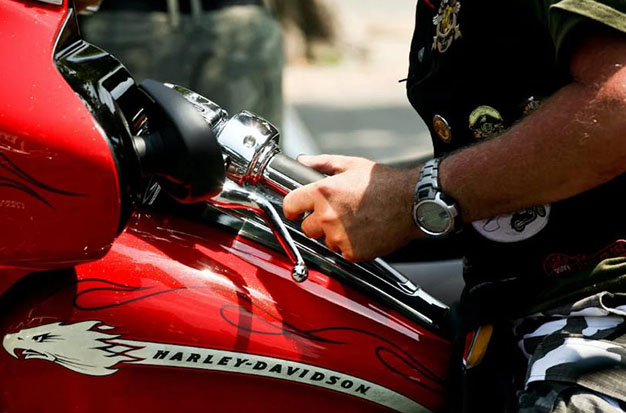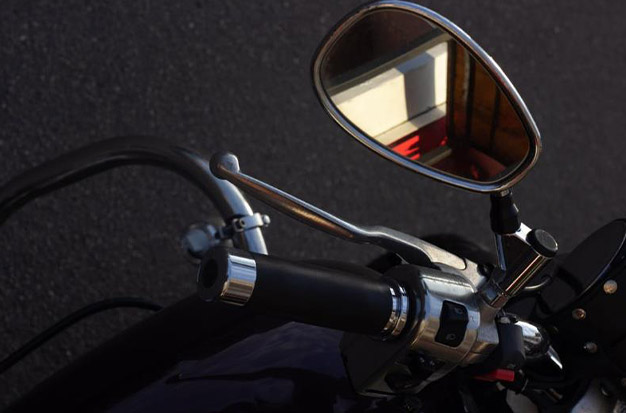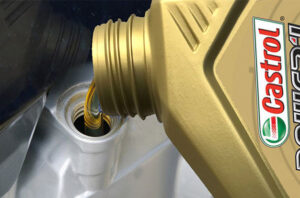A motorcycle’s clutch cable will gradually unwind from the clutch lever’s grasp with continued use. The amount that the lever can be depressed before starting to operate the clutch is referred to as “free play,” and it is increased as a result. The cable could become too slack and result in more serious issues with the clutch assembly itself if the lever free play is not regularly checked and maintained. Lever adjustments can be finished in a short period of time.
How then do you adjust a motorcycle clutch? The solution is provided in this post.
What Does A Motorcycle Clutch Cable Do?
Transmissions on cars and motorcycles aren’t exactly the same, but they do have some things in common. The rider’s ability to change gears is made possible by a clutch on manual models. Except for some vintage models, motorcycles don’t have clutch pedals; they have clutch levers. And rather than a single friction disc, motorcycle clutches have stacks of several smaller discs to make packaging easier, Motorcyclist explains.
But the fundamental working idea is the same whether you’re referring to a clutch lever or a pedal. Pulling on the lever disengages the clutch’s friction discs, some of which are driven by the engine, from each other via a pressure plate, Cycle World explains. By mechanically separating the engine’s flywheel and transmission, allows you to change gears. After choosing the desired gear, you gradually open the throttle and let go of the clutch lever. The bike keeps going after the friction discs re-engage.
The clutch cable is useful in this situation. It is typically constructed of braided steel and is held in place by tension between the clutch lever and a bracket. Additionally, the clutch cable is responsible for transferring force between the pressure plate and the lever. The plate is moved by pulling and releasing the lever.
How Do Motorcycle Clutches Operate?
The way your motorcycle clutch operates is by sending power from the crankshaft to the transmission and final drive.
A housing, a number of plates and springs, and gears make up the clutch. Depending on where the clutch lever is placed, the gears will either engage or spin freely.
The bike is propelled when the clutch is in the engaged position and power is sent out through the final drive.
When the clutch is released, the engine’s power is cut off from the transmission, which prevents the bike from moving forward any further.
Pull the lever in to release the clutch.
Why Is It Necessary To Adjust A Motorcycle Clutch?
There are some motorcycles without clutch cables. Some bikes use hydraulically-operated clutches, RevZilla notes, which work like the ones found on cars. These motorcycles connect the lever and pressure plate with pressurized fluid rather than a clutch cable. It’s a more complex and expensive setup, but it has several benefits over a cable-operated system, Motorcyclist reports. In particular, hydraulic systems don’t need as much maintenance.
Despite being made of metal, clutch cables stretch over time and develop slack, just like any other cable. The handlebars can be adjusted to reduce slack that is also caused by friction plate wear. A slack cable also makes it more challenging to shift and locate bite points. Additionally, you won’t be able to operate the clutch at all if the clutch cable is sufficiently slack.
It’s also a problem when there’s too little wiggle room. Too much cable tension prevents the friction discs from properly engaging, Motorcyclist reports. Glazed discs that can’t firmly grip each other result from this. That leads to clutch slip, reducing performance and eventually preventing any power from reaching your rear wheel, BikeBandit explains.
What Should The Ideal Clutch Cable Tension Be?
It’s generally a good idea to aim for 3 to 4 mm at the perch, and it’s always preferable to have extra slack than not enough.

What Are The Standards For Your Clutch Freeplay?
The engine must be cold in order to check your free play because hot clutch plates will slightly expand and affect the measurement. However, you’ll want to consult your manual for the precise specifications and measurement procedures for your bike. Typically, you check the play at the end of the lever or between the back of the lever and the perch. In general, 3–4 mm at the perch is a good target, and generally speaking, it’s better to have too much slack than not enough.
Where Should A Motorcycle Clutch Lever Be Adjusted?
There are two locations where adjustments can be made. To make tinier, more frequent adjustments, you can turn the locknuts down at the engine, or you can use the barrel at the lever. Try working with the barrel first, and if you still can’t get the right amount of slack, screw it all the way into the perch before reducing the locknuts at the engine to bring the free play within specifications. Remember that the clutch arm and cable should be at an angle of between 80 and 90 degrees to provide the most leverage and ease of use.
How To Adjust Motorcycle Clutch?
Step 1: Remove the rubber covering from the clutch lever, then use your fingers to unscrew the larger lock nut in order to loosen it.
Step 2: To tighten the lever and reduce free play, turn the smaller “adjusting nut” outward. On the contrary, turn it inward. If adjusting this with your fingers is too challenging, use pliers.
Step 3: Continue depressing the clutch lever to gauge the extent of the adjustment. Be careful not to reduce free play too much or you will end up with a very tight clutch. In addition to adjusting the free play, it will also make the lever feel tighter.
Step 4: After achieving the proper clutch action, tighten the locking nut by turning it toward the lever. Although you can complete this task by hand, pliers may be preferred.
Step 5: Replace the rubber cover on the clutch lever and test the gearshift by depressing the clutch lever while moving the gear pedal up and down.
Until the lever action is what you want, make any additional adjustments that are required.
When Will The Cable Need To Be Replaced?
Only up to a certain point may a motorcycle clutch cable be adjustable. The locknut adjuster’s nuts have a limited range of motion, as seen in the photos up top. Likewise with the small adjuster by the lever. You need a new clutch cable if they’re at their maximum capacity and you still need more tension. A frayed or broken cable must, of course, also be replaced.
In relation to breaking, older cables are not the only ones who experience it. For the protection and to ensure smooth operation, your motorcycle clutch cable needs to be cleaned and lubricated on a regular basis. It’s possible to do that without removing the cable from the bike, but it’s less messy if you do, Motorcyclist reports. Furthermore, there are specific tools that facilitate the task.
Conclusion
That’s all there is to it! If you perform this maintenance on a regular basis, your motorcycle clutch will always be in good condition.
Please leave a comment below if you have any questions.



